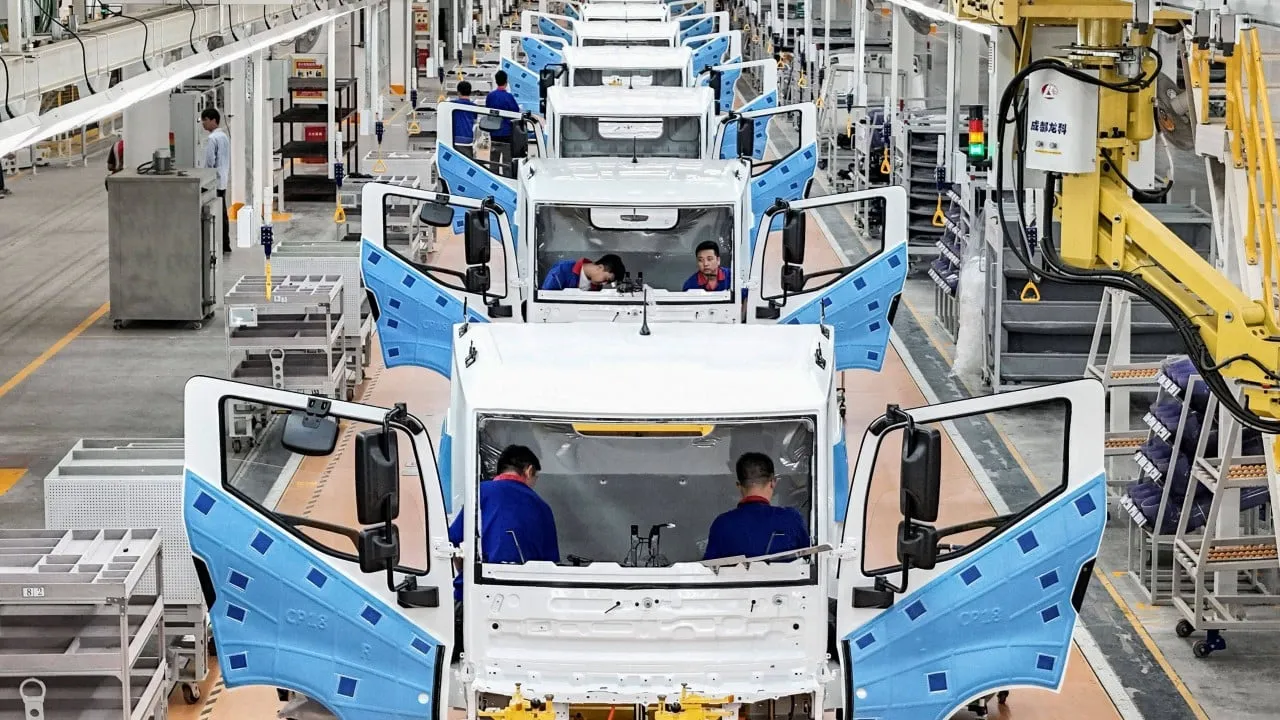Otkritie Auto Urges Automakers to Adapt to Russian Market Challenges

Adaptation Strategies for Chinese Automakers
As the Russian market evolves, Chinese automakers face increasing pressure to localize production within Russia. The substantial hike in customs duties is reshaping the industry's landscape, with industry leaders like Vitaly Mankevich from the Russia-Asia Union of Industrialists and Entrepreneurs calling for immediate action. The cost-effectiveness of local production is undeniable, especially for brands such as Haval and Geely, who can leverage cheaper labor and resources.
Market Dynamics and Opportunities
- The vehicle-disposal tax on imported cars in Russia is rising significantly, pushing foreign manufacturers toward local assembly.
- China has emerged as Russia’s largest auto market, capturing a staggering 49% of the market share in 2023.
- Economically, Chinese exports of vehicles to Russia are on a steep rise, foreseeing a promising future in 2024.
Impact of Sanctions and Localization
With the ongoing sanctions in response to geopolitical tensions, localizing production is no longer just a cost-saving measure but a strategic necessity. Chinese automotive brands are already initiating assembly operations across several Russian regions, including Moscow, Kaliningrad, and Tula. The proactive approach could redefine the automotive sector in Russia.
This article was prepared using information from open sources in accordance with the principles of Ethical Policy. The editorial team is not responsible for absolute accuracy, as it relies on data from the sources referenced.